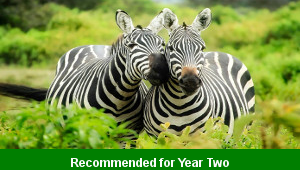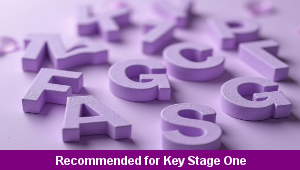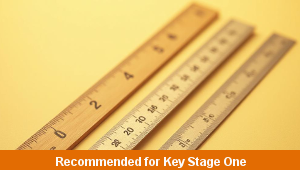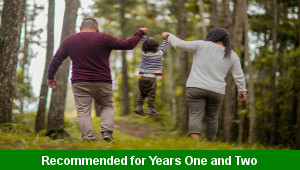Lesson Three – Mini-beast Facts

This English teaching pack for Key Stage One gets the children to explain and model how to use non-fiction texts to collect facts and information that can answer different key questions about a specific type of mini-beast.
The class can identify and explain the meaning of some of the key vocabulary words from their reading of non-fiction books that are used to describe an animal.
Download this teaching pack including a lesson plan, classroom activities and an interactive presentation to explain and model how to use non-fiction texts to collect facts and information that can answer different key questions about a specific type of mini-beast
Activities in this teaching pack include a table display card to support how to collect and record facts that can answer different key questions about a specific type of mini-beast by reading and accessing information contained in a non-fiction text.
The interactive presentation gets the children to explore how to use non-fiction information texts to collect facts and information that can answer different key questions about a mini-beast.
This lesson is part of an English scheme of work to get the children to devise a class information book that uses alphabetical ordering to describe different mini-beasts that might live in the school grounds, identify and spell words with the or and ar phonemes and punctuate lists in sentences using commas. There are teaching activities for shared learning, differentiated worksheets to support independent learning and interactive presentations to introduce concepts and key skills.
-

Animal Lists
Investigate how to compile lists using commas to present information about some of the special animals that live in habitats around the world
-

English Spelling Assessment
Assess abilities in spelling different vocabulary words based on the National Curriculum programmes of study for Key Stage One
-

Maths Measurement Assessment
Assess abilities in estimating, measuring and comparing a range of different measurements for length, mass and capacity
-

Family Life
Investigate and reflect on some of the special events and experiences that might happen in the life of a family
